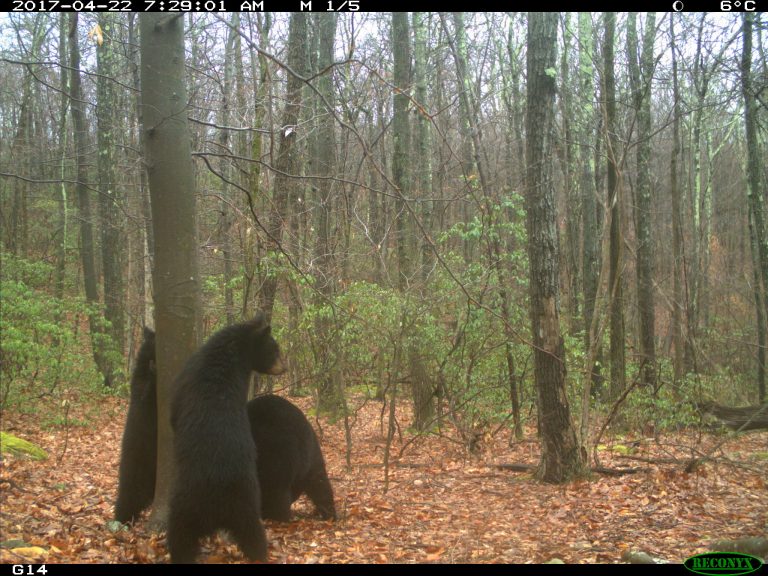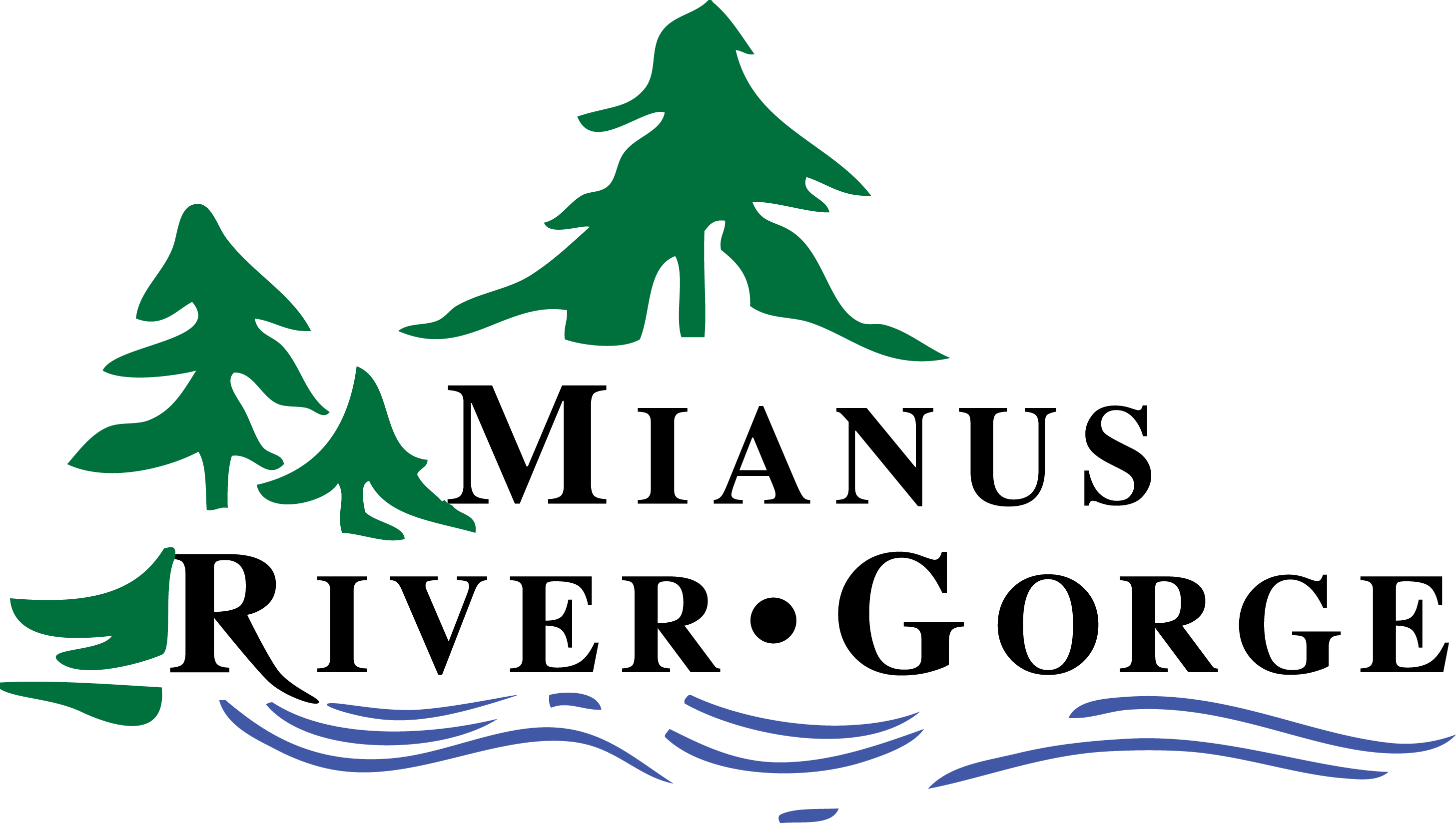Last April, MRG brought together numerous partners including Highstead, Great Hollow Preserve, and Teatown Lake Reservation, and coordinated an effort to place 45 remote infrared cameras around northern Westchester and eastern Putnam, and western Fairfield County in CT (please see map) in hopes of capturing images of black bears. MRG Staff Biologist Budd Veverka and WTP student Will Maynard have been rewarded with hundreds of clear, action photos of numerous bears displaying what you might imagine to be typical bear behavior—scratching their backs against tree trunks, tumbling and wrestling, and demonstrating their natural curiosity. (Click here for slide show.)

Prior to European settlement, black bears were abundant throughout New York and Connecticut. By the mid-1800s, however, due to forest clearing for farming and unregulated hunting, populations declined dramatically. In the past 40 years, the forested habitat of New York and Connecticut has recovered and black bears have made a significant comeback. Today, there are an estimated 7, 000 black bears in New York and 650 black bears in Connecticut.

With bear sightings becoming more frequent in recent years, the “Exurban/Suburban Black Bear Occurrence and Activity,” or “bear project” for short, is a black bear monitoring and research project that simultaneously provides a unique opportunity for conservationists to proactively educate the community about this large, charismatic mammal.The study intends to document the expanding distribution of black bears in southern NY and southwestern CT, including analyzing how areas transition from initial transient activity, to permanent occupancy, and then breeding activity.
In the last 15 years, bears have begun expanding into areas not typically thought of as “bear country”, adapting to higher human densities, and taking advantage of new food sources – bird feeders, outdoor pet food, and even compost piles. This has led to more interactions with people, and in turn, the sightings and reports we see on the news each spring.
Like MRG’s Gotham Coyote Project, the bear project is intended to help scientists and managers understand how these animals are changing our area as they expand their range into new ecological and human communities. In addition, knowledge of how humans relate or how our local human community values wildlife or biological communities is an important field of research. With an increase in bear sightings in suburban areas, many people are concerned about negative interactions between human activities and bears. Education on bear ecology, how to minimize risk, and best practices regarding coexistence can minimize the already low risks.
Budd recently participated in a Wolf Conservation Center event at Ward Pound Ridge Reservation that afforded him the opportunity to talk with visitors about the research study that will ultimately inform a campaign to educate the public how to coexist with bears as they move into the suburban community. He encouraged them to help our study by reporting bear sightings by downloading the iNaturalist app and finding our project at inaturalist.org/projects/hudson-to-housatonic-bears, emailing H2Hbears@gmail.com, or calling 812-929-9970. The very next day, someone did!
Visit our media page to see more photos from MRG’s ongoing bear project, “Exurban/Suburban Black Bear Occurrence and Activity,” funded in part by the Camp Fire Conservation Fund. Thank you!
